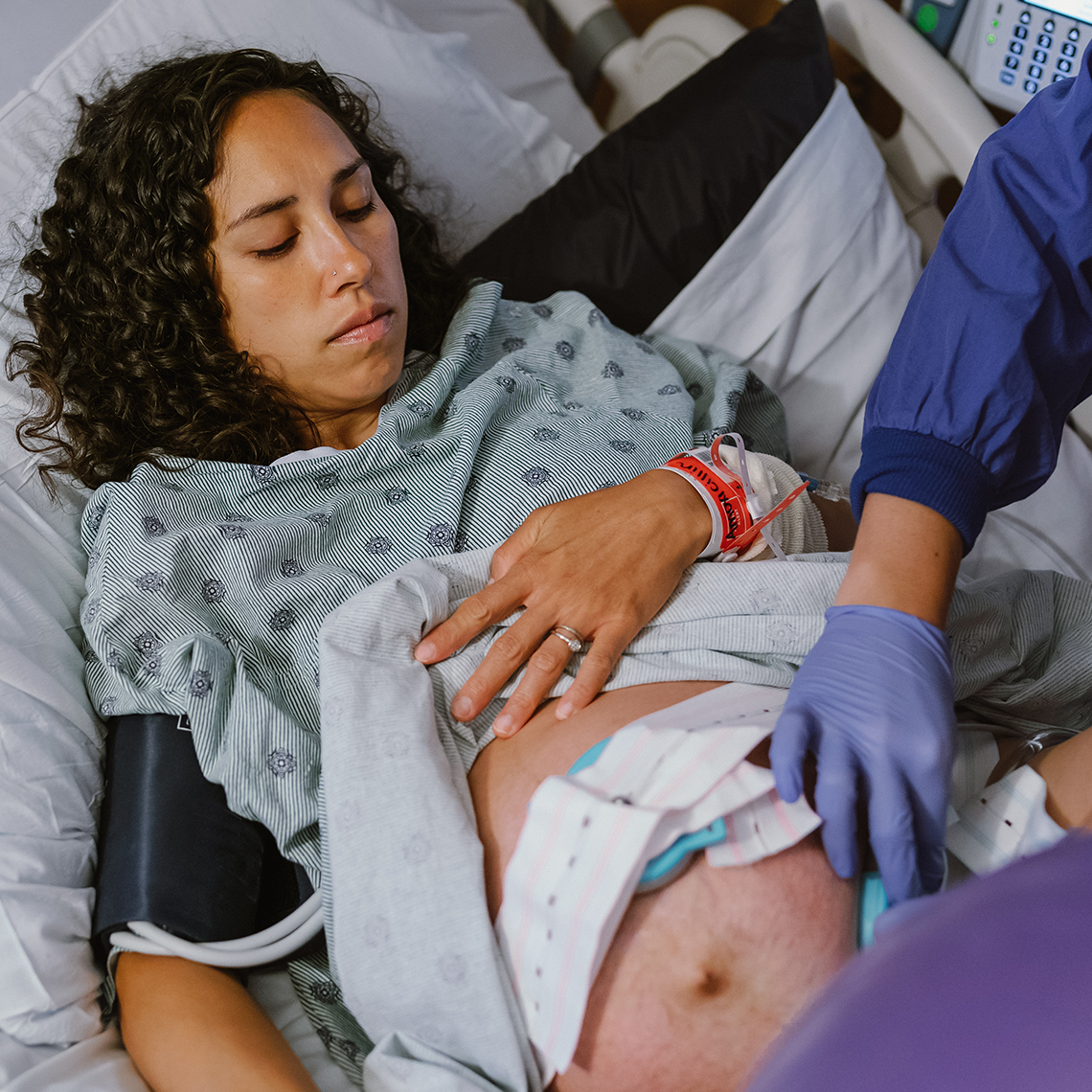Podcast
Called to be Juror in Medmal Case? Lawyers Want to Talk to You
Nov 11, 2016

Transcript:
In Massachusetts, the law recently changed, regarding how juries are selected in civil trials, including medical malpractice cases. Now lawyers can question individual perspective jurors directly. We asked malpractice defense attorney Ellen Cohen, of Adler, Cohen, Harvey, Wakeman, Guekguezian of Boston, to explain how juries are picked for trial, and how the new law in Massachusetts is working:
Selection of the jury can be one of the most important points in the trial process, as these are the people who will decide what the verdict will be.
In every medical malpractice case, 100 percent of the jurors are patients. This reality makes the way that juries are selected critical to a fair trial for the defendant clinician.
Our legal system relies on people from the community being willing to serve as jurors to resolve disputes at trial. But how are juries selected for medical malpractice trials?
While we say that the goal is to select unbiased, open minded jurors from the pool of strangers who present to the court for jury duty, it is probably more accurate to say that we are trying to “de-select” those who for any number of reasons, are not likely to be amenable to accepting the defendant physician’s position.
The process by which judges and attorneys attempt to select unbiased open minded people to sit as jurors is called “voir dire.” Over the years, attorney involvement in the voir dire process has evolved essentially from being an observer, to being a much more active participant with the ability to direct the process of selecting jurors.
In 2015, Massachusetts law changed to allow attorney-conducted voir dire in civil cases. In the past this was permitted only in criminal cases
In Massachusetts, the voir dire process traditionally was conducted almost exclusively by the judge. Judges are required to ask specific statutorily defined questions of all potential jurors. In addition to those standard questions, Judges historically have then asked potential jurors questions designed to elicit any bias or pre-formed opinions about the specific issues involved in the case.
Lawyers generally have been observers, trying to decide who they think will be fair jurors based on listening and watching the interactions between Judge and potential juror.
If the Court finds no reason to excuse a person from sitting on the jury, then the attorneys have a chance to stop the person from sitting as a juror. This is done through peremptory challenges. Each party’s attorney is given a specific number of peremptory challenges.
The new process emphasizes attorney involvement. Attorneys are allowed to ask about factual information pertinent to issues in the case and questions regarding preconceptions or biases related to the identity of the parties or the nature of the claims or issues expected to arise in the case at trial. Attorney questioning can be done individually or to a panel of jurors as more of a group discussion.
Good questions that are likely to be allowed might include:
“Would you tend to believe that, because the outcome for this patient was not good (including death) that there must have been something done improperly by the doctor(s)?”
In contrast, questions that generally would be not be approved include: those that inquire about the prospective juror's political views, religious affiliation, reading habits, patterns of charitable giving, or hobbies and recreational activities, except when such matters may be relevant to issues expected to arise at trial.
There are benefits to having the attorneys questioning potential jurors directly. Attorneys are more effective at eliciting a basis for getting the person excused for cause. Also if the person is selected for the jury, the attorney can introduce key issues and concepts of the case, try to “plant the seeds” of the issues the juror will have to decide at the end of trial.
It also can help create a rapport with the potential juror so that they will start out looking favorably at the attorney, and in turn at that attorney’s client. Because the defense presents its evidence last, it is helpful for the attorney to be able to elicit a commitment from a juror during the voir dire process that they will keep an open mind until they have had a chance to hear the defendant’s evidence.
The effects will take time to assess. In the first year after the new law went into effect, attorneys availed themselves of the option of conducting individual voir dire in just over ½ of the cases that went to jury trial. In 1/3 of the cases the judge continued to be the only person questioning potential jurors.
There are no data on which we can rely, yet, to say that greater attorney involvement is resulting in seating better juries or increasing an already-high rate of defense verdicts.
This is Ellen Cohen.
About the series
Even in the safest healthcare setting, things can go wrong. For more than 40 years, CRICO has analyzed MPL cases from the Harvard medical community. Join our experts as they unpack what occurred and the lessons learned for safer patient care from the causes of these errors.
Episodes
Bad Finger, Good Documentation

Battery in Toddler’s Nose Missed at First

A Pending Test at Discharge and a Return with Sepsis


